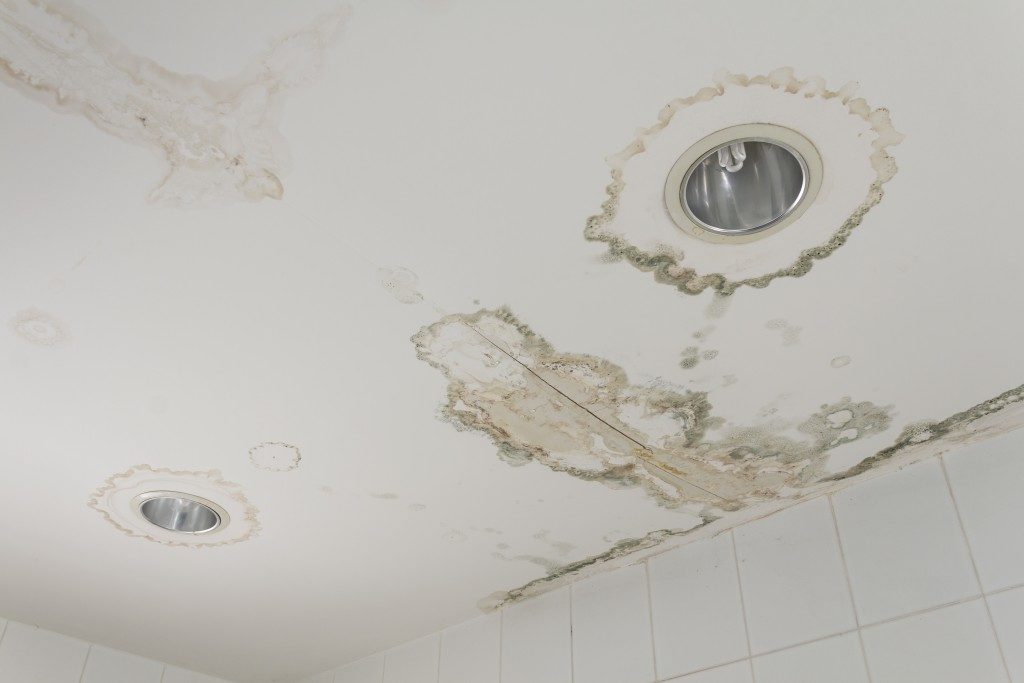Four walls around you and a roof over your head have been the definition of shelter since the dawn of civilization. In our modern world, we have so many innovations and materials to ensure comfort in our homes, and many of us don’t have hands-on experience in the building of a house, that when something goes wrong, we don’t readily know how to fix it.
A surprising number of homes every year are affected by water damage – it is the second leading type of insurance claim filed in the US. Your roof plays a critical part in keeping water out of the home, and many cases of water damage have their beginnings in a clogged gutter or leaky drainpipe left unattended for too long. Here are some steps you can take to keep your roof well maintained.
Identify leaks
Water leaking in your home is never a good sign – and it can only get worse if no action is taken. You don’t need to be in the presence of a constant drip to trace the source; simply look for water stains or mold formation. Areas of structural penetration may also be susceptible to leaks.
You’ll have to either access the attic or clamber up onto the roof to find the source, though. If this is something you’re not comfortable with, it may be time to get a friend over to help or call a professional.
With someone working on the roof, it can be easier, if tedious, to identify the leaky area; simply pour some water slowly and go over the roof while a partner below notifies you if water starts to drip.

Gutter maintenance
The gutter is a special structure designed to collect and drain water away from the home. Any significant corrosion or blockage of the gutter can lead to water damage spreading to a larger portion of your roof.
Try to check the gutter at least once during spring and fall, for fallen leaves and twigs. During winter, you might need to get a roof rake and clear off accumulated snow. You may need to perform cleaning and inspection more regularly, depending on where you live and the proximity of trees to your home. Trimming nearby branches can also be helpful.
Over time, parts of the gutter, such as fastenings, can also deteriorate. Consider the installation of a seamless gutter – with the whole structure made on-site in one piece; it reduces the parts necessary and thus has fewer points of structural weakness. Other additions, such as screens or guards, can also be helpful if you notice a periodic build-up of debris.
Check structures
Chimneys, vents, dormer walls – these are just a few of the possible features and complications present on your roof. While they all serve a function, their presence in an otherwise continuous surface of protective shingles creates a potential weakness for water to enter the home. Screws and nails used to reinforce articulation can rust and loosen or fall off.
Caulk is especially prone to cracking and allowing water to seep through. Make sure to check for places where caulk has cracked or fallen off, and replace it if the affected area is small. A large, leaky area should be better handled with a slip joint repair or entrusted to a professional.
Modern homes don’t require a lot of maintenance, but it’s still necessary to perform routine checks and take basic steps to ensure that your shelter stays strong through the years.







